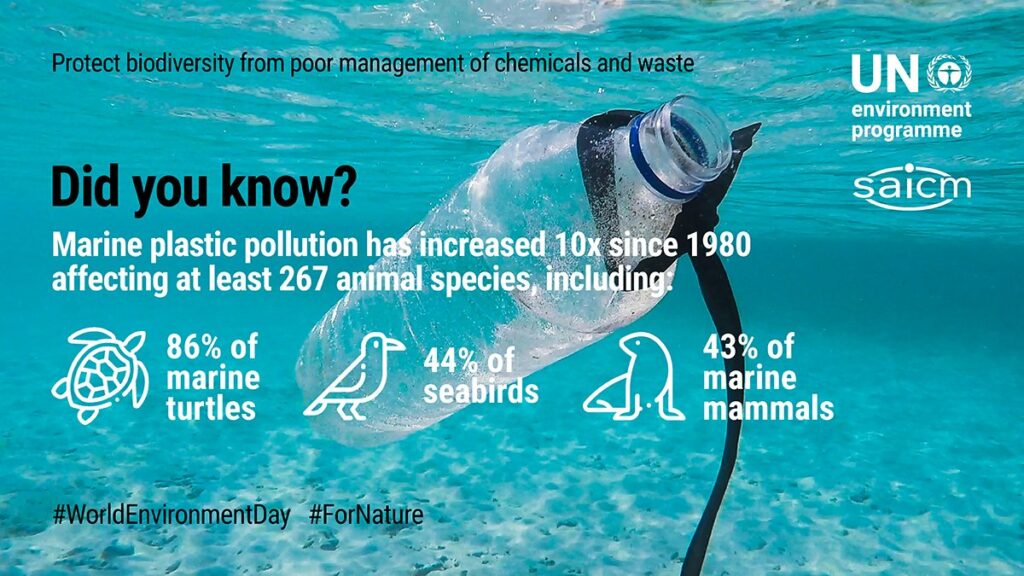Report on Emergency Water Ban Issued by Weir River Water System Amid Record Heat
Introduction
In response to unprecedented high temperatures and a significant drop in water levels, the Weir River Water System (WRWS), serving Hull, Hingham, and parts of Cohasset, implemented an emergency water ban. This report outlines the circumstances leading to the ban, the measures taken, and the implications for sustainable water management aligned with the Sustainable Development Goals (SDGs).
Context and Trigger for Water Ban
- Record heatwave with temperatures reaching 102°F in Boston and high 90s in Hull.
- Drastic reduction in water levels in the Turkey Hill storage tank.
- Increased water demand during extreme heat conditions.
Details of the Emergency Level 2 Water Ban
Effective immediately, WRWS instituted a Level 2 water ban encompassing the following restrictions:
- Prohibition of all outdoor watering activities.
- Ban on nonessential water use, including:
- Irrigation via automatic sprinklers or soaker hoses.
- Washing of vehicles, exterior building surfaces, parking lots, driveways, and sidewalks.
- Filling of swimming pools.
The ban remains in effect until further notice to rebuild water storage capacity and ensure system stability.
Water System Response and Customer Impact
- WRWS reported an improvement in storage tank levels at a rate of one foot per hour following the ban.
- Water pressure throughout the system has normalized and is expected to improve further with continued compliance.
- Customers may experience temporary fluctuations in water pressure and discoloration due to sediment disturbance.
- Enforcement measures include fines for initial violations and potential water service shutoff for repeated offenses.
Alignment with Sustainable Development Goals (SDGs)
The emergency water ban and conservation efforts directly support the following SDGs:
- SDG 6: Clean Water and Sanitation – Ensuring sustainable water management and availability for all by reducing nonessential water usage during scarcity.
- SDG 13: Climate Action – Responding to climate-induced extreme heat events by adapting water resource management to maintain resilience.
- SDG 11: Sustainable Cities and Communities – Promoting responsible water use to sustain community infrastructure and public health during environmental stress.
Conclusion
The Weir River Water System’s emergency Level 2 water ban exemplifies proactive water resource management in the face of climate challenges. By enforcing strict conservation measures and educating customers on sustainable water use, WRWS contributes to achieving critical Sustainable Development Goals, ensuring water security and community resilience.
1. Sustainable Development Goals (SDGs) Addressed or Connected
- SDG 6: Clean Water and Sanitation
- The article focuses on water scarcity and management, directly relating to ensuring availability and sustainable management of water.
- SDG 13: Climate Action
- The record heat and increased temperatures causing water shortages highlight the impact of climate change and the need for adaptive measures.
- SDG 11: Sustainable Cities and Communities
- The water ban affects urban and suburban communities, emphasizing sustainable resource use in cities and towns.
2. Specific Targets Under Those SDGs Identified
- SDG 6 Targets
- Target 6.4: By 2030, substantially increase water-use efficiency across all sectors to ensure sustainable withdrawals and supply of freshwater.
- Target 6.5: Implement integrated water resources management at all levels, including transboundary cooperation as appropriate.
- SDG 13 Targets
- Target 13.1: Strengthen resilience and adaptive capacity to climate-related hazards and natural disasters in all countries.
- SDG 11 Targets
- Target 11.5: Reduce the adverse per capita environmental impact of cities, including by paying special attention to air quality and municipal and other waste management.
3. Indicators Mentioned or Implied to Measure Progress
- Water Level in Storage Tanks
- The article mentions the “drastic drop” in water levels in the Turkey Hill storage tank and the rate of improvement (one foot per hour), which can be used as an indicator of water availability and supply management.
- Water Usage Restrictions and Compliance
- Implementation of Level 2 water ban and monitoring of violations (fines and service shutoffs) imply indicators related to water demand management and community adherence to conservation measures.
- Temperature Records
- Record high temperatures (e.g., 102 degrees in Boston) serve as an indicator of climate stress impacting water resources.
- Water Pressure and Quality
- Fluctuations in water pressure and temporary discoloration indicate system performance and water quality, relevant to monitoring water service reliability.
4. Table: SDGs, Targets and Indicators
| SDGs | Targets | Indicators |
|---|---|---|
| SDG 6: Clean Water and Sanitation |
|
|
| SDG 13: Climate Action |
|
|
| SDG 11: Sustainable Cities and Communities |
|
|
Source: hulltimes.com







